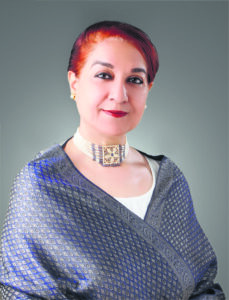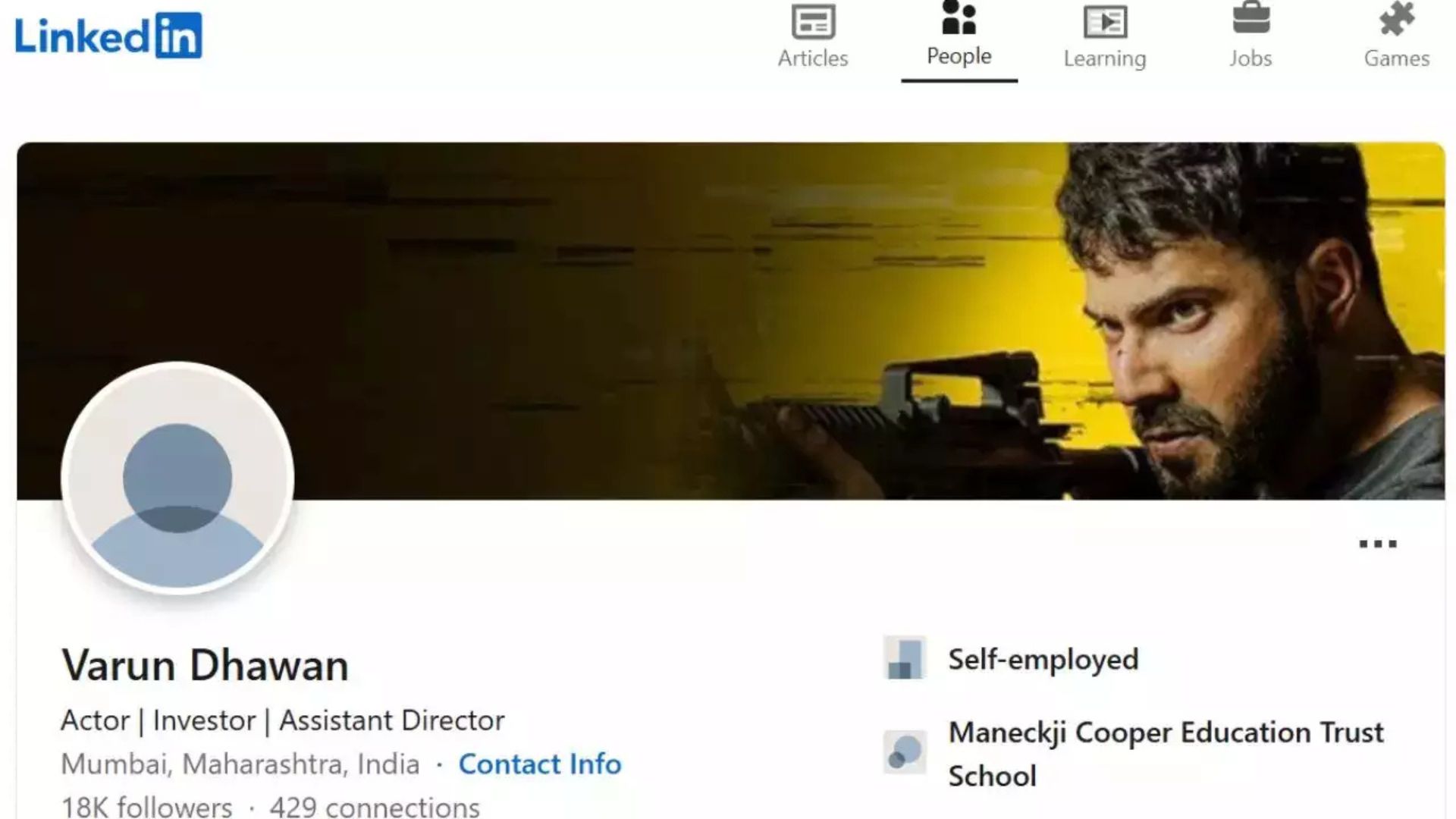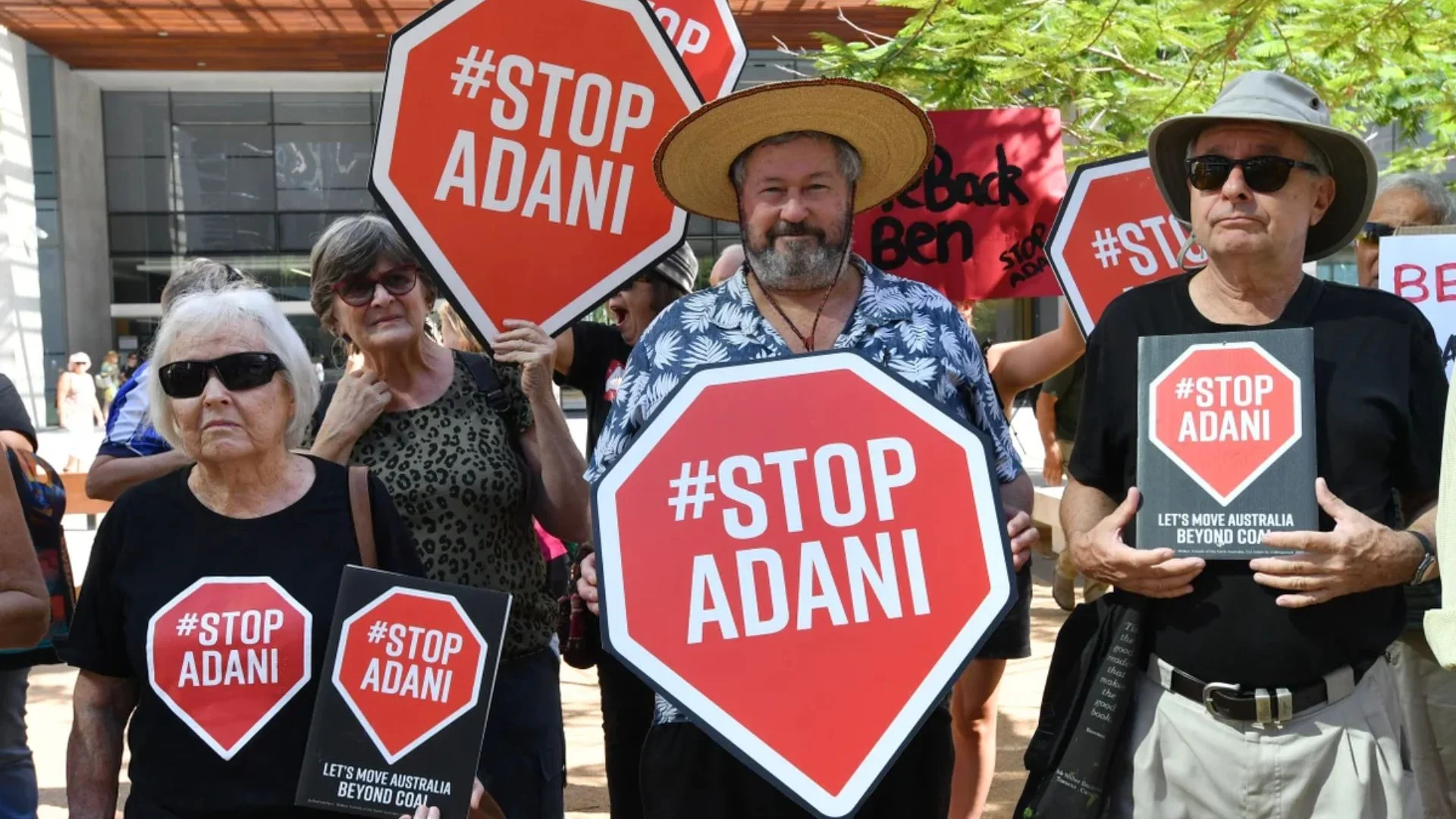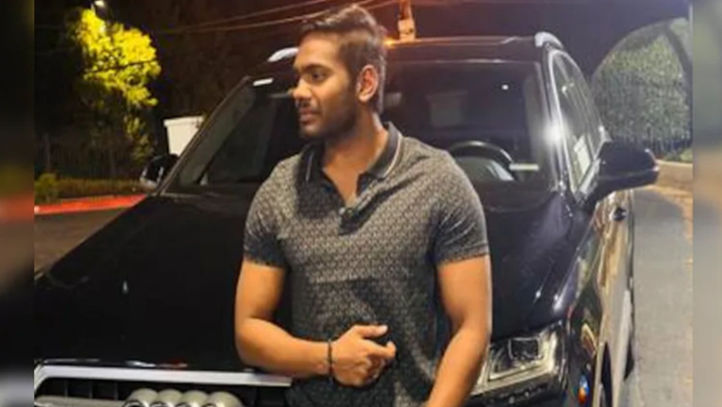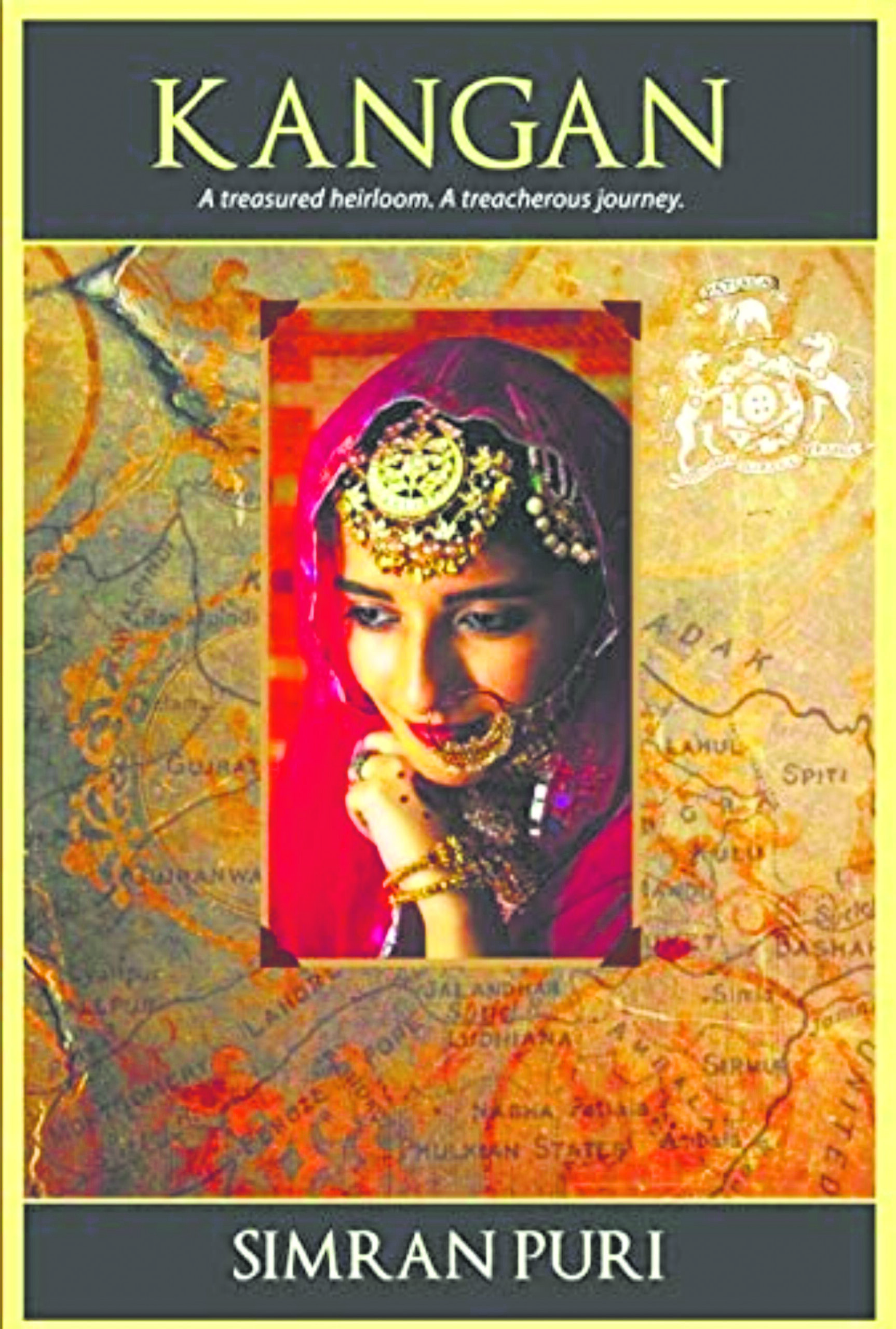
Q. Tell us something about yourself?
A. Like pollen that travels where the wind takes it, some get planted and take root miles away. This sums up my experiences that stem from an academic, professional and personal life that spans different regions of India, from the north to current Mumbai. Hailing from an army background, I studied in different States, later qualifying as a lawyer after completing B.A (Hons), M.A and LLB from Delhi University.
Q. What is your book, ‘KANGAN’ all about and what made you write it?
A . KANGAN is the saga of a prized heirloom that travels over five generations. It captures an era where customs prevailed with social sanction, evolving into post-independence Hindu laws. The tale unravels from the perspective of the bride, Mehtab Kaur, as she arrives in Patiala and lives through Indian history’s most defining moments and also unearths the darker secrets hidden in the proverbial closet of her marital home. KANGAN enlivens an era from the 1840s to 2005, encapsulating collective experiences of the past century and half.
It is much more than a book for me. KANGAN is a summation of my study and experiences in the legal profession. It breathes the collective anguish of women who survived or succumbed to the rigours of their era. Set in the princely State of Patiala, the narrative is a reflection of prevalent customs, and weaves colourful characters into the vibrant culture of Punjab, revealing the underlying truths of a multi-layered society, culminating in present-day reforms. What impelled me to write the book was to trace the transition from tradition and modernity, with human stories, replete with their trials and tribulations that come alive in the pages.
Q. What kind of support did you get from family and friends?
A. This work was mostly a self-driven process. Piercing the traditional veil and piecing together human elements woven into a gripping story was challenging. More so because it was set in a legal-historical backdrop. The trinity of legal, historical and literary perspectives was a solo three-headed endeavor. I am indebted to the voices and faces of personal stories many shared with me in private. It took long hours to re-live a past era with old-timers, taking down notes on cultural minutiae and factual trivia finely detailed and depicted in my book. Having spousal support, with an adept editor and critic in my daughter, went a long way. Family and friends who cheered me along made the journey easier.
Q. You are a lawyer by profession and writing is your passion. Tell us something about your writing journey. How did it all begin?
A. My writing journey has been a long-winded one. I grew up reading classics in English and Hindi. Later as a professional, it was disturbing to see the glaring inequalities in personal law. Decades passed before women became entitled to equal rights in property. It ignited a spark within, to share the transition of archaic customs evolve into Hindu laws enacted in the 1950s, and modernized thereafter. Marriage, polygamy, adoption, maintenance, inheritance…KANGAN weaves these issues into a narrative that is as informative as it is absorbing. The process of writing therefore spanned many years.
The duality of my existence was challenging. The writer and lawyer were in conflict. Legal briefs, which were a priority, allowed sparse time for writing. The lawyer indulged the writer for brief intervals, but not so generously. Time was a luxury, culled from long waiting periods before my cases were called out in Court. This gap allowed me time to sketch my next chapter, flesh out characters and make notes, completing the task by writing late into the night after the day’s tasks were over.
Q. What’s your writing process like and what is your ideal work environment?
A. My writing process is fairly simple- just get down to it! No luxury of outstation escapes or worldly retreats. The universe of my creation vests in the head, with a handwritten manuscript penning the narrative with as much regularity as I could garner. Legal briefs and meetings were a parallel process, as I threaded my way between the twin worlds of fact and fiction. Balancing a legal profession and writing passion was a feat.
My ideal work environment is a quiet desk, uninterrupted hours, a busy pen giving form to flowing thoughts; when the phone is mute and the warring parties at peace; and the humble writer has survived another day before the lawyer beckons with a call, “I pay the bills!”
Q. Where do you get your information or ideas for writing books?
A. My ideas and inspiration to write stem from real-life drama. I encounter human stories in my profession, picking and absorbing the twists of destiny that engulf us mortals. One experiences the most bizarre in the realm of reality, striving to straighten the complicated strands in each case. The laws are open to amendments with changing times, and societal changes-real or desired- give a fillip to fresh ideas that impel another story waiting to be told.
Q . What kind of books do you like to read? What’s your favorite genre?
A. Reading is an ode to so many authors who have composed brilliant works. It is humbling to read them, and realise that one is but a firefly amid a universe of many splendid suns. My literary world has been enriched byold classics of Charles Dickens, Thomas Hardy, Bronte sisters, the suspense of Agatha Christe, the humour of P.G Wodehouse, mythology by Neil Philip and Devdutt Pattnaik, history by Will Durant, and so many other great authors. Among Hindi writers, I have admired Premchand and Mohan Rakesh; a rich array of contemporary authors, especially Amitav Ghosh, have my admiration. While one lifetime falls short to read all genres, I have a special place for Daphne du Maurier. The twining of romance and suspense in her work reflect sheer mastery.
Q. What do you hope to accomplish in your writing career?
A. Through my writings I hope to reach out to a large readership and share my researched writings through fiction that incorporate real-life experiences and human elements. A discerning reader will pick information on evolving times that take within their sweep societal changes reflected in laws that are being updated. In KANGAN for instance, the era is depicted with fine detailing of customary practices, social hierarchies, cultural trappings, and human relations in myriad aspects of life that shock, and inspire change. My writings aspire to reflect on the redundant and carry a message of progress.
Q. Who is your favorite writer? Mention his/her book, which you liked the most.
A. Daphne du Maurier remains my favourite author. Her book My Cousin Rachel is a spellbinding work. The mastery of storytelling comes alive with a beautiful description of feelings that the characters undergo. The reading transforms into an experience in itself.
Q . What do you like to do when you are not writing?
A. When not writing, professional work occupies my waking hours. I enjoy travel, theatre, art and culture – especially paintings and textiles; fine embroidery is a hobby, and cooking a rare indulgence. What I do best is “stand and stare …”, and to be in communion with nature. The flora and fauna never fail to delight me as I watch seasons sweep over them with its rich colour palette. In the hope that we can preserve it all.
Q. Tell our readers why they should buy your book?
A. My book KANGAN is a result of dedicated work that took long to take shape, given its complex and multi-layered narrative. In a nutshell between the covers, it condenses the historical and cultural milieu of Punjab, with trivia on aspects of life that is graphically depicted. It leaves the reader informed about various aspects of our history, culture, nuanced relationships and personal laws as they evolved down the ages. The heirloom Kanganis a witness to the changing times that culminate in the new millennium. Readers have found the book both informative and absorbing.
Q. What are your future writing plans?
A. In the offing is my book of short stories that picks the profound from the mundane in human lives. After that, the next novel will explore more issues from a legal-historical perspective, and research is underway to examine another aspect of personal laws that impact women.
Q. Any message you would like to give to the upcoming writers?
A. To all upcoming writers I have to say this – persevere, complete your work with dedication and self-belief. Aspire not for awards or rewards, for the published work is itself the greatest satisfaction. Leave a legacy, and remember, none other will endeavour to work on the spark that you have ignited within yourself. Creativity finds its outlet, and the rest follows. Water knows that the ocean is its destiny.
Dr Navita Sandhu, LL.M., Ph.D., is a well known educator having vast experience. She is also a motivational speaker and a child and parent counselor. Presently she is working as a life coach. She has authored various articles and published her papers in renowned law journals.

